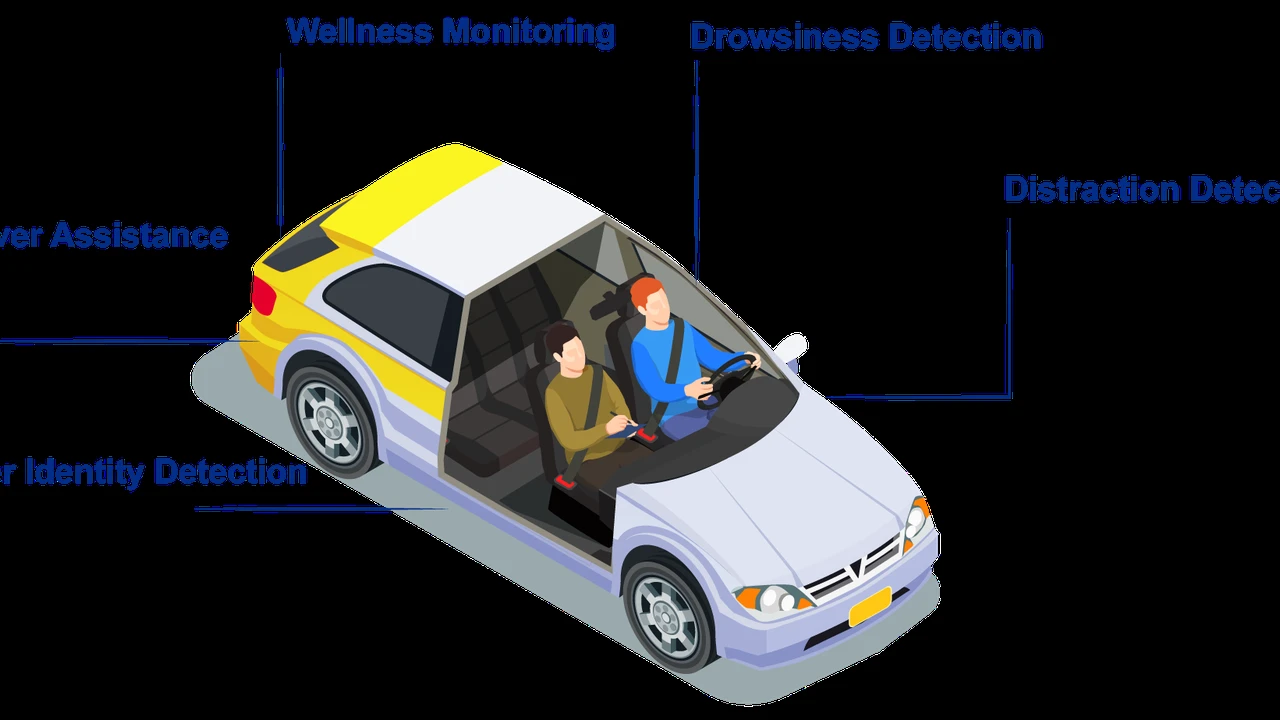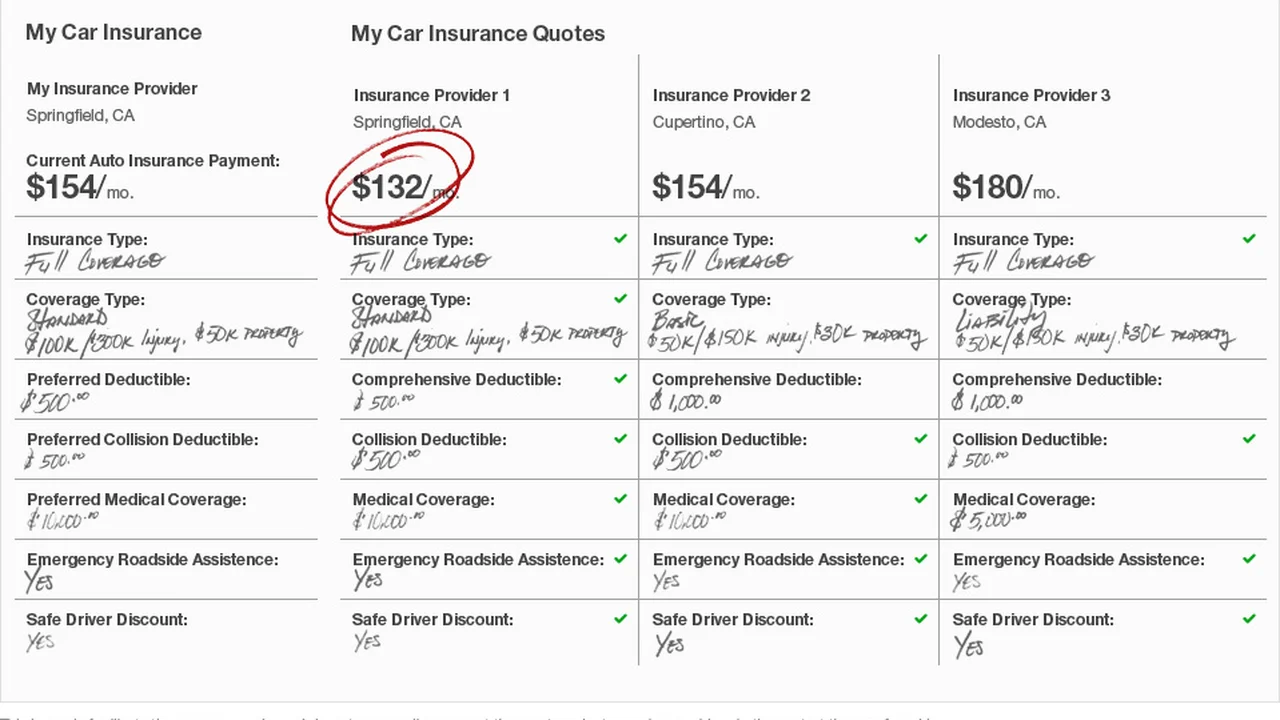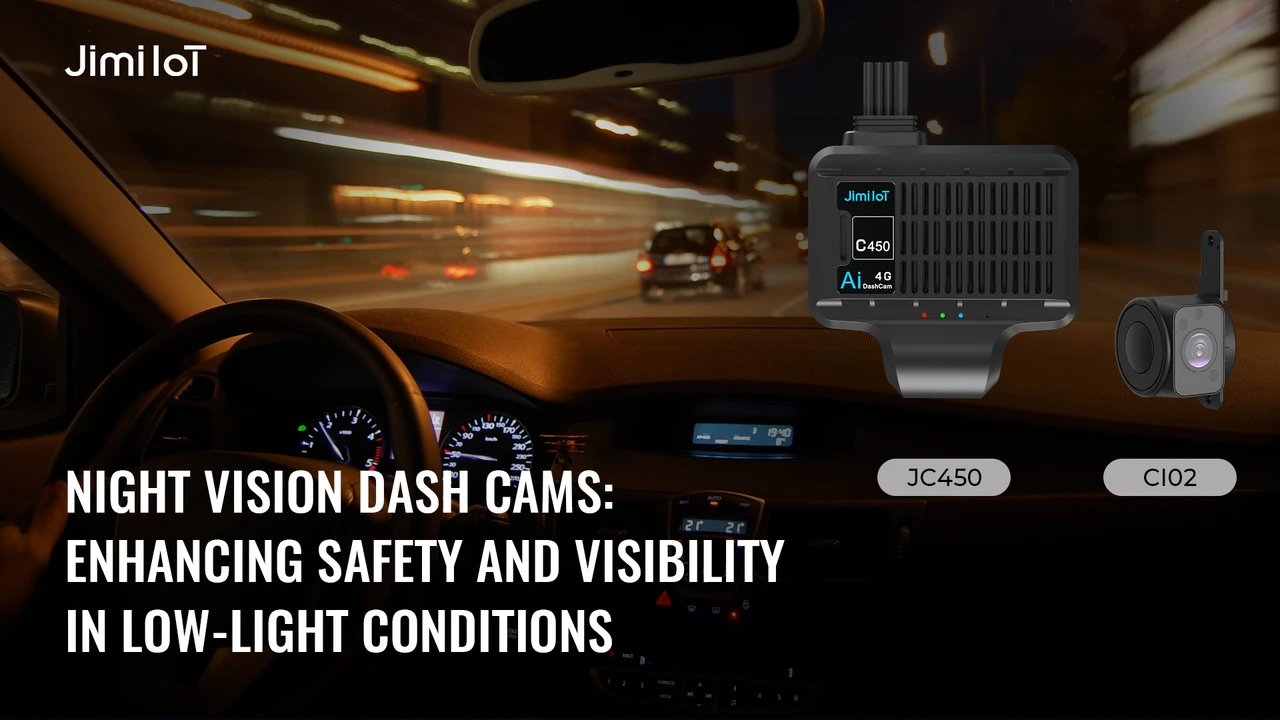How Effective is Driver Monitoring Technology?

Understanding Driver Monitoring Systems (DMS) and Their Role in Crash Avoidance
So, you're wondering if Driver Monitoring Technology (DMS) actually works, huh? Well, let's dive in. DMS is basically the car's way of keeping an eye on you, the driver. It uses cameras and sensors to detect things like drowsiness, distraction, and impairment. Think of it as a co-pilot that never gets tired. The goal? To prevent accidents before they happen. It's a crucial part of modern crash avoidance systems, moving beyond just preventing collisions *after* something goes wrong, and instead proactively addressing the *cause* of the potential accident – the driver.
How DMS Works: A Deep Dive into the Tech Behind Driver Safety
Okay, let's break down how this wizardry actually works. The core of most DMS systems is an in-cabin camera, usually mounted on the steering column or dashboard. This camera constantly monitors the driver's face and eyes. Sophisticated algorithms analyze the video feed to detect things like:
- Eye Closure: How long are your eyes closed? Too long, and the system figures you're nodding off.
- Head Position: Are you looking straight ahead, or are you gazing longingly at the scenery (or, more likely, your phone)?
- Gaze Direction: Where are your eyes pointed? Are you focusing on the road, or are you staring at the passenger seat?
- Facial Expressions: Some systems can even detect signs of stress or fatigue based on your facial expressions.
Besides the camera, some systems also use sensors to monitor steering wheel movements, lane position, and even the driver's heart rate. All this data is fed into a central processing unit, which makes a judgment call on whether the driver is alert and attentive. If the system detects a problem, it can issue warnings, like audible alerts, visual cues, or even haptic feedback (vibrating the seat or steering wheel).
The Effectiveness of DMS: Real-World Impact on Accident Reduction
Now for the million-dollar question: Does it actually work? The research says yes. Studies have shown that DMS can significantly reduce the risk of accidents caused by driver drowsiness and distraction. For example, the Insurance Institute for Highway Safety (IIHS) has found that DMS can reduce single-vehicle crashes by a significant percentage. Think about it: even a small reduction in reaction time can be the difference between a near-miss and a serious accident. DMS provides that crucial extra buffer.
DMS Technology: Addressing Driver Drowsiness and Fatigue Detection
One of the biggest benefits of DMS is its ability to detect driver drowsiness. Drowsy driving is a major cause of accidents, and it's often difficult for drivers to self-diagnose. Think about those long road trips where you're pushing through, thinking you're fine, but your reaction times are slowly diminishing. DMS can step in and say, "Hey, you need a break!" By monitoring eye closure and head position, DMS can identify the early signs of drowsiness and provide timely warnings, preventing potentially catastrophic situations. It's not about judging the driver; it's about ensuring everyone's safety.
Combating Distracted Driving: How DMS Minimizes Risky Behaviors
Distracted driving is another huge problem, and DMS is playing a key role in combating it. Whether it's texting, eating, or fiddling with the radio, distractions can take your eyes off the road for critical seconds. DMS can detect when a driver's gaze is diverted from the road and issue warnings. Some systems can even detect specific types of distractions, like phone use, and provide more targeted alerts. The goal is to bring the driver's attention back to the road as quickly as possible, minimizing the risk of an accident. It's like having a concerned friend constantly reminding you to focus.
DMS Product Recommendations: A Comparison of Leading Driver Monitoring Systems
So, you're sold on the idea of DMS, but which system should you choose? Here are a few examples of currently available systems, with a focus on features, use cases, and price (keep in mind prices are approximate and can vary):
- Seeing Machines Guardian: This is a more advanced system often found in commercial vehicles (trucks, buses). It uses a sophisticated camera system and algorithms to detect a wide range of driver behaviors, including drowsiness, distraction, and even micro-sleeps. It also includes a 24/7 monitoring service that can alert fleet managers if a driver is showing signs of impairment. Use Case: Long-haul trucking, fleet management. Price: Typically part of a larger fleet management package, so pricing is not readily available to the public. Expect to pay several hundred dollars per month per vehicle.
- Smart Eye DMS: Smart Eye is a leading provider of DMS technology for automotive manufacturers. Their systems are integrated into several production vehicles and offer a wide range of features, including eye tracking, head pose estimation, and distraction detection. Use Case: Integrated into new vehicles from various manufacturers. Price: Included in the overall vehicle price; not available as a standalone aftermarket product.
- Aftermarket DMS Solutions (e.g., from companies like Tobii): While less common, there are some aftermarket DMS solutions available. These typically involve a camera that attaches to the dashboard and connects to a smartphone or tablet. They offer basic features like drowsiness and distraction detection. Use Case: Retrofitting older vehicles, individual drivers. Price: Can range from $100 to $500, depending on the features and brand. Look for reviews and independent testing before purchasing.
Choosing the Right DMS: Factors to Consider for Optimal Driver Safety
When choosing a DMS, consider the following factors:
- Accuracy: How accurate is the system at detecting drowsiness and distraction? Look for systems that have been independently tested and validated.
- Features: What features are important to you? Do you need advanced features like heart rate monitoring or lane departure warning?
- Integration: How well does the system integrate with your vehicle? Is it easy to install and use?
- Price: How much are you willing to spend? DMS systems can range in price from a few hundred dollars to several thousand dollars.
- Reviews: What are other users saying about the system? Look for reviews from reputable sources.
The Future of DMS: Advancements and Integration with Autonomous Driving Systems
The future of DMS is bright. As autonomous driving technology advances, DMS will become even more important. In self-driving cars, DMS will be used to monitor the driver and ensure that they are ready to take control of the vehicle if necessary. Imagine a scenario where the car is driving itself, but the driver starts to doze off. The DMS would detect this and alert the driver to take control. It's a crucial safety net in the transition to fully autonomous vehicles. We can also expect to see DMS systems become more sophisticated, using artificial intelligence and machine learning to better understand driver behavior and predict potential hazards. Think about systems that can learn your driving habits and adapt their warnings accordingly. The possibilities are endless.
DMS Technology in Commercial Fleets: Enhancing Safety and Reducing Liability
DMS is particularly valuable for commercial fleets. Trucking companies, bus operators, and other fleet managers can use DMS to monitor their drivers and ensure that they are operating safely. This can help to reduce accidents, improve fuel efficiency, and lower insurance costs. Many DMS systems for commercial fleets also include features like real-time tracking, geofencing, and driver performance reports. These features provide fleet managers with valuable insights into driver behavior and help them to identify and address potential safety issues.
Addressing Privacy Concerns: Ethical Considerations in Driver Monitoring Technology
Of course, with any technology that involves monitoring individuals, there are privacy concerns. It's important to consider the ethical implications of DMS and ensure that it is used responsibly. Data privacy is paramount. Companies that collect driver data should be transparent about how the data is being used and provide drivers with the option to opt out. It's also important to ensure that the data is securely stored and protected from unauthorized access. The goal is to use DMS to improve safety without compromising individual privacy.
Real-World Examples: Success Stories of DMS Preventing Accidents
Let's talk about some real-world examples. While specific accident details are often confidential, many companies and organizations have reported significant reductions in accidents after implementing DMS. For instance, several trucking companies have publicly stated that their accident rates have decreased by double-digit percentages after adopting DMS technology. These success stories highlight the potential of DMS to save lives and prevent injuries. The key is proactive monitoring and intervention based on the data collected by the DMS.
:max_bytes(150000):strip_icc()/277019-baked-pork-chops-with-cream-of-mushroom-soup-DDMFS-beauty-4x3-BG-7505-5762b731cf30447d9cbbbbbf387beafa.jpg)






